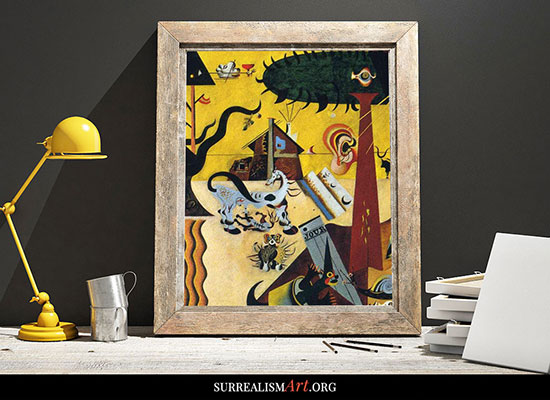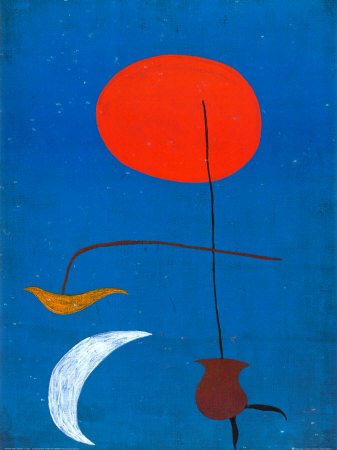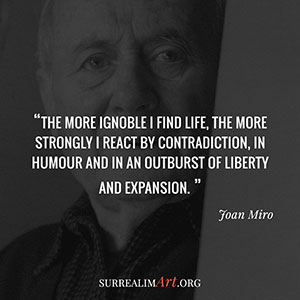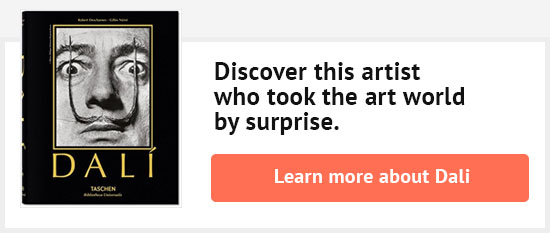Biography of the artist Joan Miro
Joan Miro is one of the representatives of surrealism. Fundamentally avant-garde and modern, he demonstrates a very great creativity, in both his paintings and his sculptures.

The origins, the journey of Joan Miro
Joan Miro was born in Barcelona in 1893. His father is a jeweler and his mother the daughter of a cabinetmaker. Joan began to paint very young, at the age of eight. He first began studying business in 1907 but that turns out to be a failure. So he abandoned his studies to join the School of Fine Arts of La Llotja.
At seventeen, Joan Miro becomes a clerk in a store until 1911 when he contracted typhus. For his health, he was forced to move to a family farm. It was at that moment he realized his attachment to the Catalan land where he regularly returns throughout his life. When he recovered, he joined the Barcelona School of Art in order to perfect his talent and become a painter. He then attended The Académie du Cercle Saint-Luc until 1918. He discovers modern art during a visit to the Dalmau gallery in Barcelona.
Joan Miro and surrealism

In 1919, he goes to Paris for the first time and joins, after experiencing Cubism and Fauvism, Surrealism. He feels comfortable with quirky humor and taste of the imagination of this current. Meanwhile, Miro lives an identity crisis. The exterior doesn’t inspire him anymore and he must question his art. He manages to solve his problems through artistic surrealism and relying on spontaneity in his painting and sculpture. The unconscious and the world of dreams are now the fertile soil in which Miro draws his paintings.
In 1925, he presented at an exhibition Carnival of Harlequin, purely surrealist work, and will now be known worldwide. When the surrealist movement takes too many political positions, Miro gets out of the group and dedicates to collage, lithography and sculpture.
Time of maturity
During the Spanish Civil War, Miró moves to Paris where he returns to a more realistic painting. When German troops arrive in France, Joan returns to Spain and finds his definitive style. He is henceforth recognized as a great Catalan artist.
At the end of his life, he devotes himself to monumental sculptures covered with ceramic. Joan Miro dies on Christmas Day in 1983.

“The more ignoble I find life. On n'est pas réceptif aux mêmes choses , on n'éprouve pas les mêmes émotions.”
See more quote by Joan Miro
Travel Info
- Joan-Miró Foundation
- Address: Parc de Montjuïc, s/n, 08038 Barcelona, Spain View map
- Phone: +34 934 43 94 70
- Website: fundaciomiro-bcn.org
- History of Surrealism André Breton Branches of Surrealism Timeline Surrealist cinema The Automatistes Group Surrealism Manifesto Origin of surrealist painting Surrealist writing techniques
- Surrealist Artists Francis Picabia Jean Arp Joan Miro Man Ray Max Ernst
- René Magritte Biography Magritte & Lothar Wolleh
- Salvador Dali Biography Artworks Eccentric character Dali & Man Ray Dali & Picasso L'Âge d'or The Persistence of Memory The Hallucinogenic Toreador Movies Salvador Dali Museum



